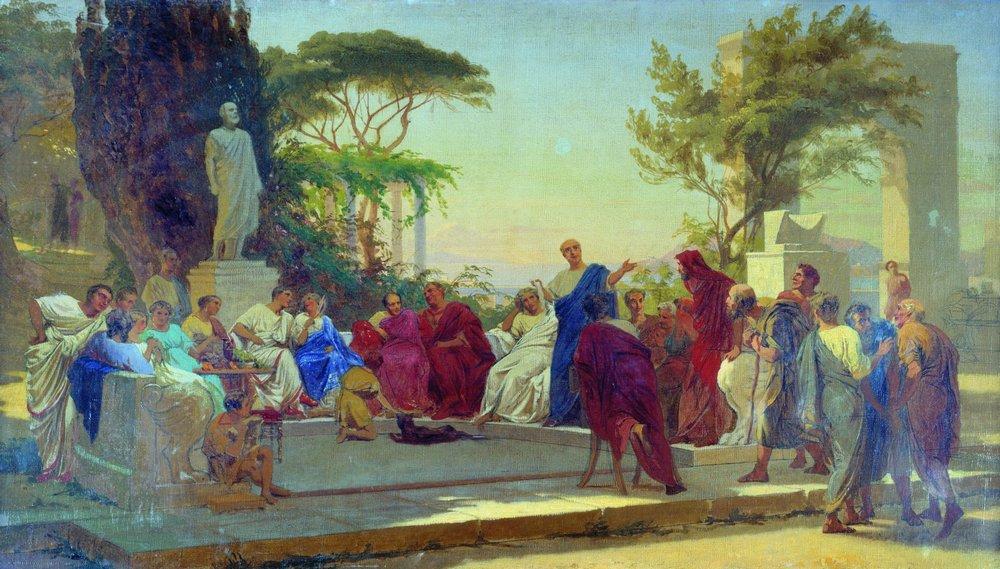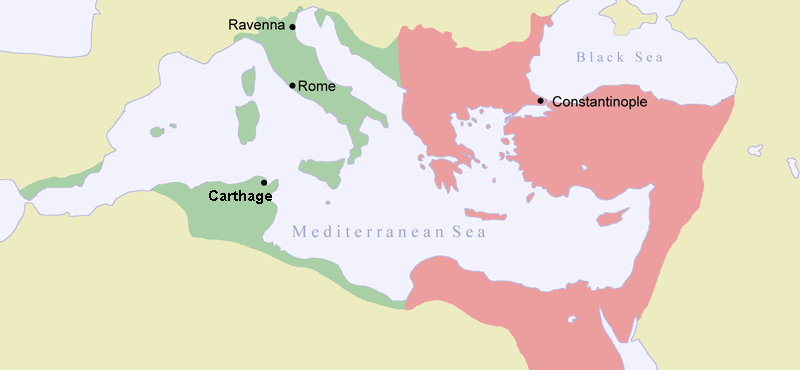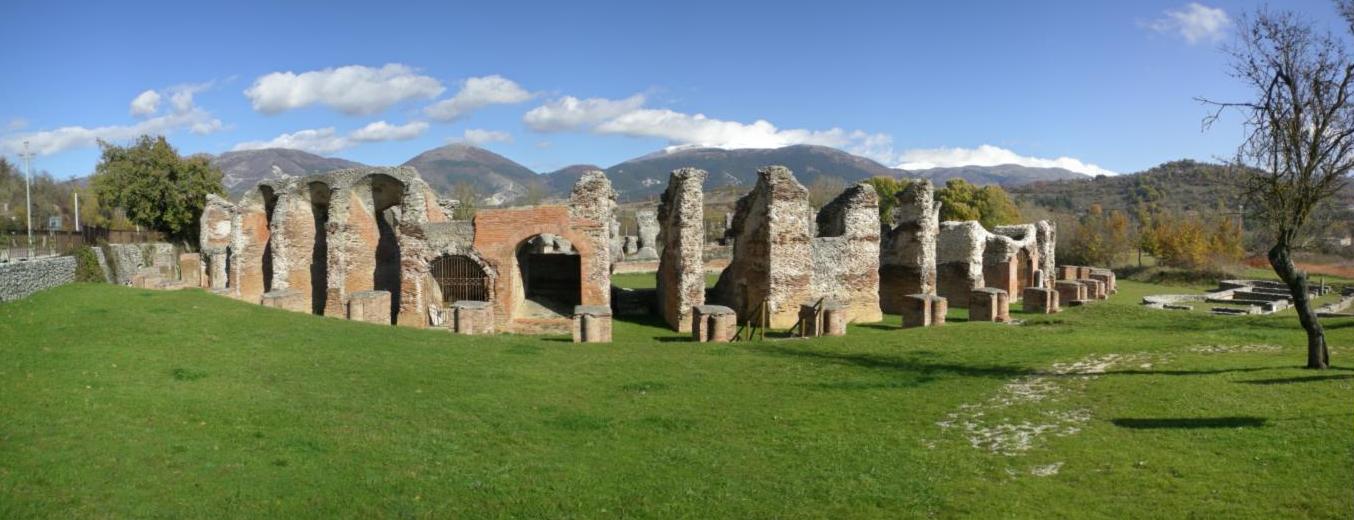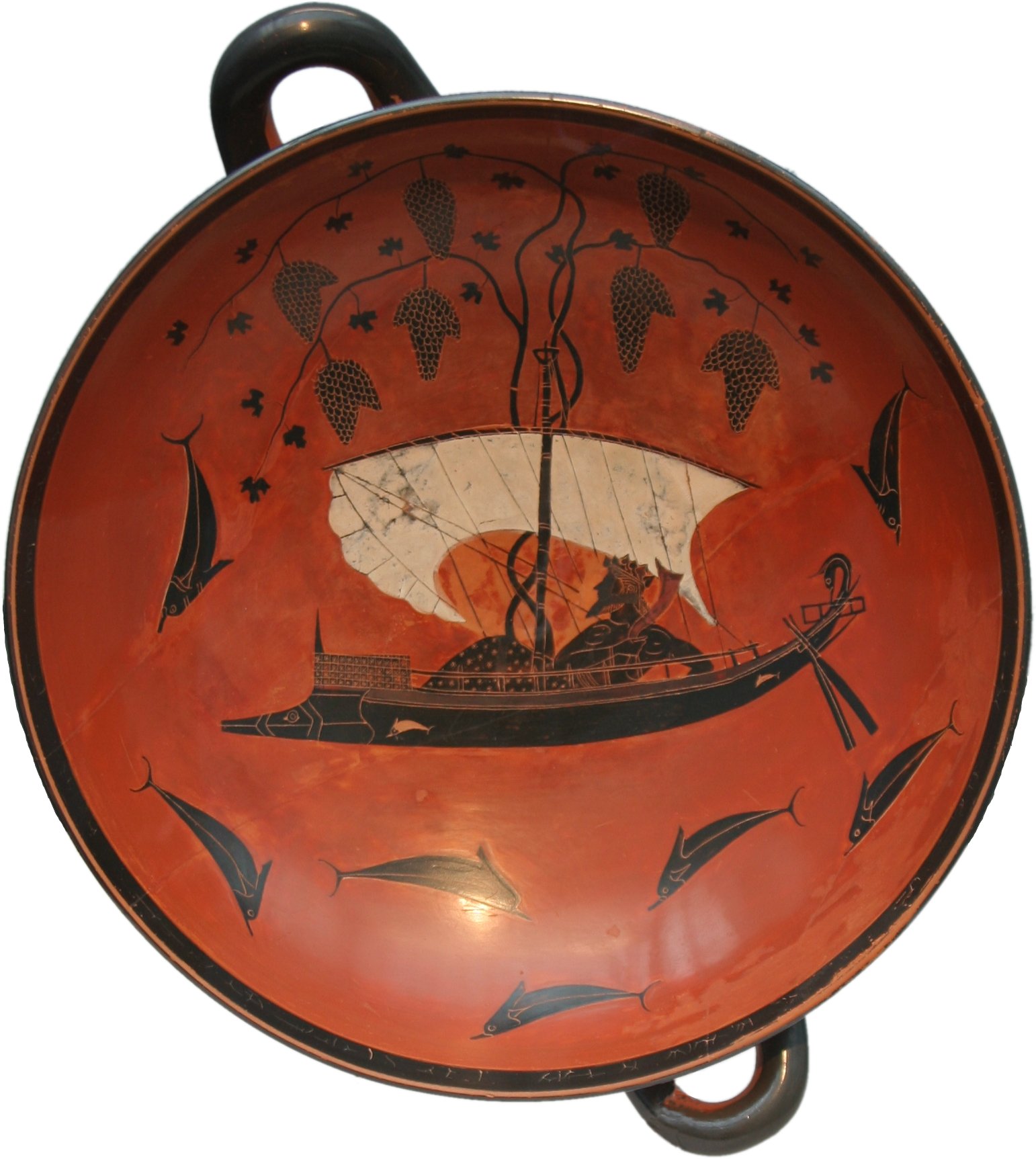|
Volscian Language
Volscian was a Sabellic Italic language, which was spoken by the Volsci and closely related to Oscan and Umbrian. Overview Volscian is attested in an inscription found in Velitrae (Velletri), dating probably from early in the 3rd century BC; it is cut upon a small bronze plate (now in the Naples Museum), which must have once been fixed to some votive object, dedicated to the god ''Declunus'' (or the goddess ''Decluna'').Baldi, Phillip. ''The Foundations of Latin''. New York: Mouton de Gruyter. 2002. pp. 140-142. The language of this inscription is clear enough to show the very marked peculiarities that rank it close to the language of the Iguvine Tables. It shows on the one hand the labialization of the original velar ''q'' (Volscian ''pis'' = Latin ''quis''), and on the other hand it palatalizes the guttural ''c'' before a following ''i'' (Volscian ''façia'' Latin ''faciat''). Like Umbrian also, but unlike Latin and Oscan, it has changed all the diphthongs into simple vow ... [...More Info...] [...Related Items...] OR: [Wikipedia] [Google] [Baidu] |
Latium
Latium ( , ; ) is the region of central western Italy in which the city of Rome was founded and grew to be the capital city of the Roman Empire. Definition Latium was originally a small triangle of fertile, volcanic soil (Old Latium) on which resided the tribe of the Latins (Italic tribe), Latins or Latians. It was located on the left bank (east and south) of the Tiber, River Tiber, extending northward to the Aniene, River Anio (a left-bank tributary of the Tiber) and southeastward to the Pomptina Palus (Pontine Marshes, now the Pontine Fields) as far south as the Cape Circeo, Circeian promontory. The right bank of the Tiber was occupied by the Etruscan city of Veii, and the other borders were occupied by Ancient Italic people, Italic tribes. Subsequently, Rome defeated Veii and then its Italic neighbours, expanding its dominions over Southern Etruria and to the south, in a partly marshy and partly mountainous region. The latter saw the creation of numerous Roman and Latin col ... [...More Info...] [...Related Items...] OR: [Wikipedia] [Google] [Baidu] |
Aurunci
The Aurunci were an Italic tribe that lived in southern Italy from around the 1st millennium BC. They were eventually defeated by Rome and subsumed into the Roman Republic during the second half of the 4th century BC. Identity Aurunci is the name given by Roman writers to an ancient race or nation of Italy. It appears that "Aurunci" was the appellation the Romans gave to the people called " Ausones" by the Greeks. One form might be derived from the other by rhotacism (corruption of sound "s" in "r") (Ausoni > Auroni > Auronici > Aurunci). The identity of the two is distinctly asserted by Servius, and clearly implied by Cassius Dio, where he says that the name of Ausonia was properly applied only to the land of the Auruncans, between the Volscians and the Campanians. In like manner, Festus makes the mythical hero Auson the founder of the city of Aurunea. Servius terms the Aurunci one of the most ancient nations of Italy. They appear to have been much more powerful and widely ... [...More Info...] [...Related Items...] OR: [Wikipedia] [Google] [Baidu] |
Trerus Valley
The Sacco is a river of central Italy, a right tributary of the Liri. It flows between the Metropolitan City of Rome Capital and the province of Frosinone in Lazio. Territory The river originates from the Prenestini Mountains, formed by the confluence of two streams of the Monti Simbruini in the Apennines of Abruzzo in Lazio, and flows south-east for a total length of 87 km, crossing the Middle Latin valley between the Ernici Mountains to the northeast and the Lepini Mountains to the southwest; at the height of Ceprano it flows into the Liri River from the right. The Sacco's main tributaries are the Cosa and the Alabro. In old sources, it is known also the Tolero, from its ancient name ''Tolerus'' or ''Trerus''. Environmental issues The Sacco river valley is a vast territory between the provinces of Rome and Frosinone Frosinone (; local dialect: ) is a ''comune'' (municipality) in the Italian region of Lazio, administrative seat of the province of Frosinone. It ... [...More Info...] [...Related Items...] OR: [Wikipedia] [Google] [Baidu] |
Horace
Quintus Horatius Flaccus (; 8 December 65 BC – 27 November 8 BC), Suetonius, Life of Horace commonly known in the English-speaking world as Horace (), was the leading Roman lyric poet during the time of Augustus (also known as Octavian). The rhetorician Quintilian regarded his '' Odes'' as the only Latin lyrics worth reading: "He can be lofty sometimes, yet he is also full of charm and grace, versatile in his figures, and felicitously daring in his choice of words."Quintilian 10.1.96. The only other lyrical poet Quintilian thought comparable with Horace was the now obscure poet/metrical theorist, Caesius Bassus (R. Tarrant, ''Ancient Receptions of Horace'', 280) Horace also crafted elegant hexameter verses ('' Satires'' and '' Epistles'') and caustic iambic poetry ('' Epodes''). The hexameters are amusing yet serious works, friendly in tone, leading the ancient satirist Persius to comment: "as his friend laughs, Horace slyly puts his finger on his every fault; once let ... [...More Info...] [...Related Items...] OR: [Wikipedia] [Google] [Baidu] |
Aeneis
The ''Aeneid'' ( ; or ) is a Latin epic poem that tells the legendary story of Aeneas, a Trojan who fled the fall of Troy and travelled to Italy, where he became the ancestor of the Romans. Written by the Roman poet Virgil between 29 and 19 BC, the ''Aeneid'' comprises 9,896 lines in dactylic hexameter. The first six of the poem's twelve books tell the story of Aeneas' wanderings from Troy to Italy, and the poem's second half tells of the Trojans' ultimately victorious war upon the Latins, under whose name Aeneas and his Trojan followers are destined to be subsumed. The hero Aeneas was already known to Greco-Roman legend and myth, having been a character in the ''Iliad''. Virgil took the disconnected tales of Aeneas' wanderings, his vague association with the foundation of Rome and his description as a personage of no fixed characteristics other than a scrupulous ''pietas'', and fashioned the ''Aeneid'' into a compelling founding myth or national epic that tied Rome t ... [...More Info...] [...Related Items...] OR: [Wikipedia] [Google] [Baidu] |
Stephanus Of Byzantium
Stephanus or Stephen of Byzantium (; , ''Stéphanos Byzántios''; centuryAD) was a Byzantine grammarian and the author of an important geographical dictionary entitled ''Ethnica'' (). Only meagre fragments of the dictionary survive, but the epitome is extant, compiled by one Hermolaus, not otherwise identified. Life Nothing is known about the life of Stephanus, except that he was a Greek grammarian who was active in Constantinople, and lived after the time of Arcadius and Honorius, and before that of Justinian II. Later writers provide no information about him, but they do note that the work was later reduced to an epitome by a certain Hermolaus, who dedicated his epitome to Justinian; whether the first or second emperor of that name is meant is disputed, but it seems probable that Stephanus flourished in Byzantium in the earlier part of the sixth century AD, under Justinian I. The ''Ethnica'' Stephanos' work, originally written in Greek, takes the form of an alphabetical ... [...More Info...] [...Related Items...] OR: [Wikipedia] [Google] [Baidu] |
Ligures
The Ligures or Ligurians were an ancient people after whom Liguria, a region of present-day Northern Italy, north-western Italy, is named. Because of the strong Celts, Celtic influences on their language and culture, they were also known in antiquity as Celto-Ligurians. In pre-Roman times, the Ligurians occupied the present-day Italian region of Liguria, Piedmont, northern Tuscany, western Lombardy, western Emilia-Romagna, and northern Sardinia, reaching also Elba and Sicily. They inhabited also the Regions of France, French region of Provence-Alpes-Côte d'Azur and Corsica;Strabo, ''Geography'', book 4, chapter 6Livy, ''History of Rome'', book XLVII however, it is generally believed that around 20th century BC, 2000 BC the Ligurians occupied a much larger area, extending as far as what is today Catalonia (in the north-eastern corner of the Iberian Peninsula). The origins of the ancient Ligurians are unclear, and an autochthonous origin is increasingly probable. What little is ... [...More Info...] [...Related Items...] OR: [Wikipedia] [Google] [Baidu] |
Etruscan Civilization
The Etruscan civilization ( ) was an ancient civilization created by the Etruscans, a people who inhabited Etruria in List of ancient peoples of Italy, ancient Italy, with a common language and culture, and formed a federation of city-states. After adjacent lands had been conquered its territory covered, at its greatest extent, roughly what is now Tuscany, western Umbria and northern Lazio, as well as what are now the Po Valley, Emilia-Romagna, south-eastern Lombardy, southern Veneto and western Campania. A large body of literature has flourished on the origins of the Etruscans, but the consensus among modern scholars is that the Etruscans were an indigenous population. The earliest evidence of a culture that is identifiably Etruscan dates from about 900 BC. This is the period of the Iron Age Villanovan culture, considered to be the earliest phase of Etruscan civilization, which itself developed from the previous late Bronze Age Proto-Villanovan culture in the same region, p ... [...More Info...] [...Related Items...] OR: [Wikipedia] [Google] [Baidu] |
Aricini
Aricini, the ancient inhabitants of Aricia, the form of the name ranking them with the Sidicini, Marrucini, etc., as one of the communities belonging probably to the earlier or Volscian stratum of population on the west side of Italy, who were absorbed by the Sabine or Latin immigrants. Footnote: On the anthropological aspect of the cult, see also A. B. Cook, ''Class. Rev.'' vi., 1902, p. 365, where the whole evidence is very fully collected; and Frazer's ''Studies in the Early History of Kingship'', where he accepts Cook's criticism of his own earlier theory. Special interest attaches to this trace of their earlier origin, because of the famous cult of Diana Nemorensis, whose temple in the forest close by Aricia, beside the '' lacus Nemorensis'', was served by "the priest who slew the slayer, and shall himself be slain"; that is to say, the priest, who was called ''rex Nemorensis'', held office only so long as he could defend himself from any stronger rival. This cult, which ... [...More Info...] [...Related Items...] OR: [Wikipedia] [Google] [Baidu] |
Sabini
The Sabines (, , , ; ) were an Italic people who lived in the central Apennine Mountains (see Sabina) of the ancient Italian Peninsula, also inhabiting Latium north of the Anio before the founding of Rome. The Sabines divided into two populations just after the founding of Rome, which is described by Roman legend. The division, however it came about, is not legendary. The population closer to Rome transplanted itself to the new city and united with the preexisting citizenry, beginning a new heritage that descended from the Sabines but was also Latinized. The second population remained a mountain tribal state, coming finally to war against Rome for its independence along with all the other Italic tribes. Afterwards, it became assimilated into the Roman Republic. Etymology The Sabines derived directly from the ancient Umbrians and belonged to the same ethnic group as the Samnites and the Sabelli, as attested by the common ethnonyms of ''Safineis'' (in ancient Gree ... [...More Info...] [...Related Items...] OR: [Wikipedia] [Google] [Baidu] |
Etrusci
The Etruscan civilization ( ) was an ancient civilization created by the Etruscans, a people who inhabited Etruria in ancient Italy, with a common language and culture, and formed a federation of city-states. After adjacent lands had been conquered its territory covered, at its greatest extent, roughly what is now Tuscany, western Umbria and northern Lazio, as well as what are now the Po Valley, Emilia-Romagna, south-eastern Lombardy, southern Veneto and western Campania. A large body of literature has flourished on the origins of the Etruscans, but the consensus among modern scholars is that the Etruscans were an indigenous population. The earliest evidence of a culture that is identifiably Etruscan dates from about 900 BC. This is the period of the Iron Age Villanovan culture, considered to be the earliest phase of Etruscan civilization, which itself developed from the previous late Bronze Age Proto-Villanovan culture in the same region, part of the central European Urnfie ... [...More Info...] [...Related Items...] OR: [Wikipedia] [Google] [Baidu] |
Labici
Labici or Labicum or Lavicum ( or ) was an ancient city of Latium, in what is now central Italy, lying in the territory of the modern Monte Compatri, about 20 km SE from Rome, on the northern slopes of the Alban Hills. Exact location of the original city is however disputed. It occurs among the thirty cities of the Latin League, and it is said to have joined the Aequi and the Volsci in 419 BC and to have been stormed by the Romans in 418 BC. After this it does not appear in history, and in the time of Cicero and Strabo was almost entirely deserted if not destroyed. Traces of its ancient walls have been noticed. Its place was taken by the ''respublica Lavicanorum Quintanensium'', the post-station established in the lower ground on the Via Labicana, a little SW of the modern village of Colonna, the site of which is attested by various inscriptions and by the course of the road itself. Julius Caesar Gaius Julius Caesar (12 or 13 July 100 BC – 15 March 44 BC) was a Roma ... [...More Info...] [...Related Items...] OR: [Wikipedia] [Google] [Baidu] |







